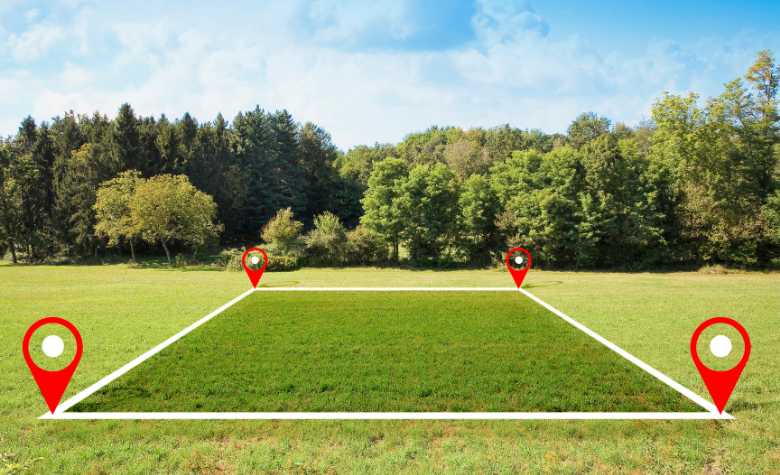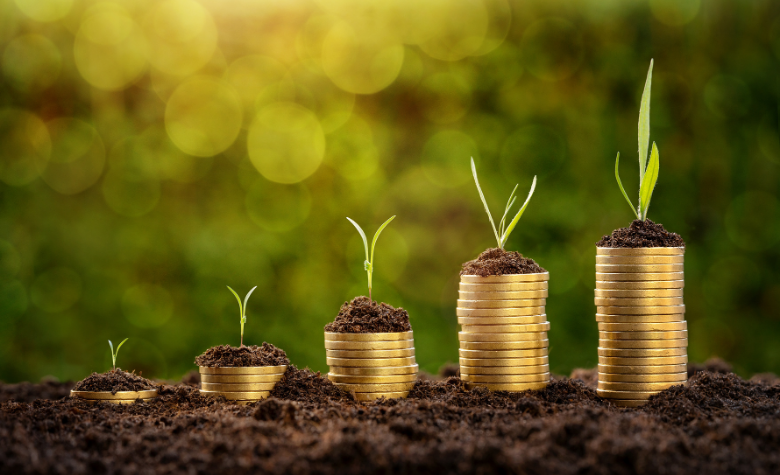
Why is the land market growing even during the war, and where is it more profitable to invest?
Three years ago, the agricultural land market was launched in Ukraine. Discussions about the necessity of this step had been ongoing for over thirty years. The essence of the reform was a phased opening of the agricultural land market.
In the first stage, which started in July 2021, Ukrainian citizens were allowed to buy up to 100 hectares of land. This created an opportunity for owners to sell their land plots, although the market remained limited, and consequently, prices were low.
The second stage of the reform, launched in 2024, allowed legal entities to acquire up to 10,000 hectares of land, provided that Ukrainian citizens remain the ultimate beneficiaries.
Over the three years of the market’s operation, despite the full-scale war with Russia which adjusted initial plans, the market has demonstrated its viability.
Fears of potential mass land grabs or its uncontrolled export did not materialize. At the same time, due to the market’s limited nature, the significant increase in land prices that had been anticipated did not occur. Thus, even in wartime conditions, the agricultural land market continues to function, remaining a key element of the country’s large-scale economic reform.
In 2024, it continues to recover from the shocks caused by the war. The second quarter marked another step towards stabilization, showing positive trends that indicate the segment’s potential for investment.
Market Recovery: Signs of Stabilization
According to the “Land of Invincibility” analytical review prepared by KSE and USAID, 27,300 sale and purchase agreements were concluded during this period, covering a total area of 60,800 hectares. This is a 6.3% increase in the number of deals and a 3.3% increase in area compared to the first quarter of 2024. April was particularly noteworthy, with a record number of deals concluded – 10,300 for an area of 22,500 hectares.
However, after the April peak, the market slowed down somewhat in May and June, which may be related to seasonal factors and the limited liquidity of farmers in the period between the sowing campaign and the start of the harvest.
Price Growth: A Trend That Doesn’t Stop
Since the beginning of 2024, when legal entities gained the right to purchase agricultural land, the weighted average price of land has begun to rise sharply. While the weighted average price was UAH 37,800 per hectare in the fourth quarter of 2023, it rose to UAH 42,000 in the first quarter of 2024 and reached UAH 43,500 per hectare by the end of the second quarter.
April was the month of a price peak: UAH 45,300 per hectare for all land and UAH 46,300 for commercial land. Despite a slight decrease in June, prices remain significantly higher than at the end of 2023.
This trend motivates investors to buy land now. They understand that prices are unlikely to decrease in the future. Given the current conditions, a further increase in the value of agricultural land is expected. Investors who believe in Ukraine’s victory and economic recovery are betting on the long term, counting on significant profits from the increase in land prices.
Regional Specifics: Where to Invest?
Land prices in Ukraine vary significantly by region. The highest prices are observed in the Ivano-Frankivsk, Poltava, Lviv, and Ternopil regions due to their relative safety and high soil fertility.
In regions affected by fighting, such as Zaporizhzhia, Donetsk, Kherson, and Sumy, prices are significantly lower. This is due not only to security risks but also to limited market activity due to a lack of stability.
Investors should carefully assess regional risks and prospects. The western regions, despite the high cost of land, offer more stable conditions for investment, while investments in the affected regions could yield greater profits in the future but are associated with significant risks.
Legal Entities: A New Player in the Market
With the opening of the land market to legal entities from January 1, 2024, this segment has begun to engage in the purchase of agricultural land.
During the first half of the year, legal entities acquired 21,500 hectares of land, which constitutes 18% of the total area of land sold. This indicates a high level of interest from large companies in farmland, especially in promising regions.
Legal entities are showing a willingness to pay significantly more for land than individuals. This may be due to long-term plans for agribusiness development as well as the need to secure their market positions amid rising prices. Prices are rising and will continue to rise due to the devaluation of the hryvnia, and land is the best opportunity to save money from depreciation.
The ability for legal and natural persons to acquire up to 10,000 hectares of land is a significant incentive for investors. Players like Land Club and our colleagues, who unite large agricultural operators, will help legal entities attract investment and work with large land assets.
I am convinced that from 2025, there will be a more substantial inflow of investment into land from legal entities controlled by Ukrainian citizens.
Although legal entities do not currently dominate the market, their role in the future will be significant, especially in the post-war period when stability and forecasts become more favorable for long-term investments.
The agricultural land market in Ukraine continues to recover, demonstrating stable growth in both the number of deals and in prices.
Let me give an example from Land Club. During 2023, 553 deals were concluded with the participation of the investment association. Since the beginning of 2024, 219 plots have passed through Land Club. Despite the challenges caused by the war, the market remains attractive to investors who see great potential in it.
The trend of rising prices and the active participation of legal entities indicate that investing in agricultural land can be a profitable decision in the long run. However, for successful investments, it is necessary to carefully analyze market conditions, consider regional risks, and adapt the strategy to the circumstances.
Specially for “Ekonomichna Pravda“

